Sauces are definitely having a moment. A 2024 Technomic Flavor Consumer Trend Report said 35% of Americans choose a restaurant based on its sauces, and 1 in 4 millennial and Gen Z consumers BYOS (that’s, bring your own sauces).
But Yum! Brands believes that sauces aren’t just having a moment. In fact, Yum!’s newest test concept, Saucy by KFC, is all about the sauce. The restaurant menu, built on the flavor legacy developed by Colonel Harland Sanders with its Original Recipe chicken seasoned with 11 herbs and spices (that is now the star of the KFC U.S. market’s “Comeback” campaign), also features 11 signature sauces because executives believe that flavorful condiments are its future.
That may seem like a bold choice for a brand whose product is its name – Kentucky Fried Chicken – but the decision was made based on over a decade’s worth of research, a handful of corporate rebels and an epic collective brainstorming session. The new concept is off to a strong start as Yum! Brands plans to expand the test to additional locations this year.
Here’s how Saucy came to be.
How Yum! was able to develop Saucy so quickly

Ken Muench taking a room selfie of the brainstorm at Collider's office.
“If you’re wondering how we got here, you’re not alone,” said KFC Chief New Concept Officer Christophe Poirier. “This whole project has moved extremely fast, thanks to a number of factors, including KFC’s enduring trust with customers, built over decades by our franchise partners. One day Saucy by KFC didn’t exist, and now? Poof! We’re part of the national zeitgeist.”
It all began the day before Thanksgiving 2023 when Yum! CEO David Gibbs and Yum! CFO Chris Turner (now incoming CEO) tapped Poirier to assemble an independent team tasked with developing a KFC sub-concept that appealed to young consumers and served them in under four minutes. Everything else was negotiable.

Collider brainstorm.
That last element of “anything goes” led to 40 innovators from Yum! and its brands congregating at the Collider Lab, the company’s in-house strategy and innovation agency, for a collective brainstorming workshop. Participants collaborated to brainstorm diverse ideas, and together, they suggested everything from serving chicken pot pie to bite-sized nuggets and sides.
“Most of Saucy was already in our heads because our ongoing work for KFC,” said Collider Co-founder and Yum! Chief Marketing Officer Ken Muench. “That’s the benefit of having an internal resource like Collider Lab. From day one, we had already done – and I’m not exaggerating – maybe 10 years of research for KFC, so we already knew where culture was headed.”

Collider brainstorm.
Eventually, the group narrowed their scope to a handful of ideas that they took to consumers by way of Collider's proprietary version of a Predictive Market study, a quantitative study in which real consumers are asked to "bet" on what concept they think will be most successful. The learnings helped them shape the sauce- and sides-forward restaurant that reimagined how to serve chicken tenders.
The corporate version of ‘you do you’

Jessika Gomez-Duarte and Christophe Poirier at Saucy.
“A risk that paid off in the development of Saucy was giving both Christophe and Collider autonomy,” Turner said. Muench agreed, calling it “the smartest move of the project.”
This decision to form an independent team wasn’t just Turner’s whim but a strategic decision based off the book, “Innovator’s Dilemma,” by Clayton Christensen. In the case of an established brand like KFC, which sells chicken on the bone, Muench said, it’s ripe to be disrupted by newer players.
"But if the established brand embraces a two-speed innovation process – one focusing on the now and the other on the future – then it can build for tomorrow while still winning today," Muench said.
In alignment with Christensen’s theory, Gibbs and Turner built an “explore team” inside Yum!, with a unique business model and mindset to drive innovation. Internally dubbed the “corporate rebels,” this team operated with distinct KPIs and a different management style.
“We built a team that was guided, supported and protected — so that bold ideas could thrive,” said Poirier, who led the group. “That meant giving them feedback, funding, direction and most importantly, air cover from the usual corporate antibodies.”
Come for the ‘tendies,’ stay for the vibes
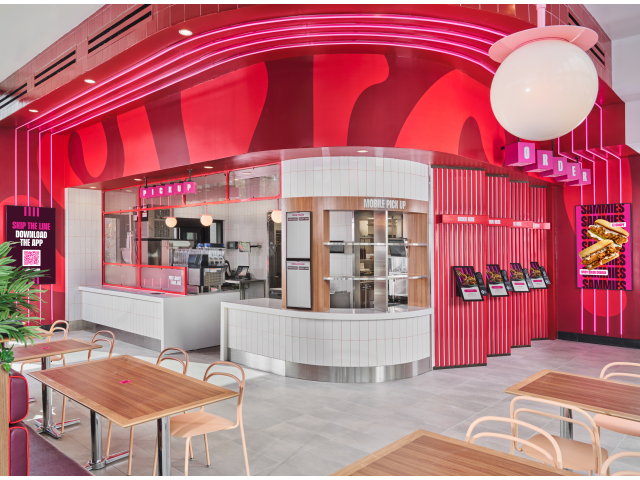
The corporate rebel team consisted of Poirier, Muench, Collider Director of Strategy Jessika Gomez-Duarte and Collider Associate Director Chase Skelton. Poirier also hired a handful of external vendors for additional aspects, including design agency Rowe to create the space, which recently won the Silver Shop! Design Award for Fast Food Restaurant for its pink hue, glass exterior and modern layout.
“I believe that pink is the new red, and it’s more than a color,” Poirier said. “Pink stands for personalized, intuitive, next generation and kinetic. If you want to live PINK and delight customers, start by delighting team members. In 2025, the best brands are the ones that go beyond the experience and deliver great vibes because you remember the experience you had but you feel the vibes.”
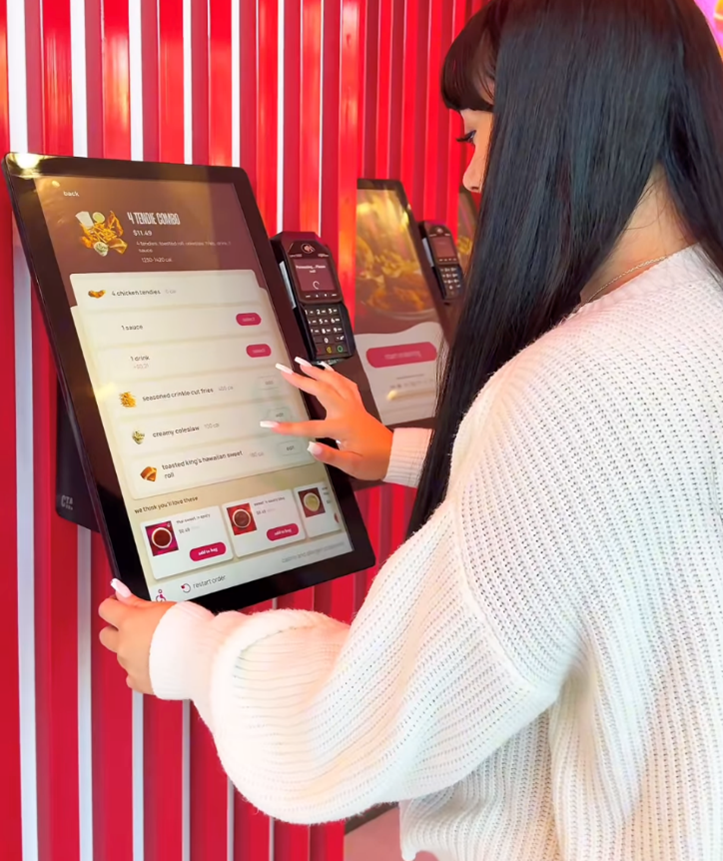
To accomplish this, Poirier and his team crafted a simple menu that was operationally easy to deliver to customers quickly, including Cake-in-a-Can that’s both Instagrammable due to its clear container, which shows a colorful layered cake, and seamless to serve. And they assembled a tech stack that enabled team members to be trained in two hours.
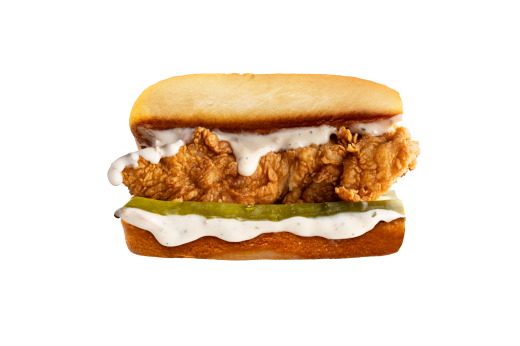
Chicken Sammie
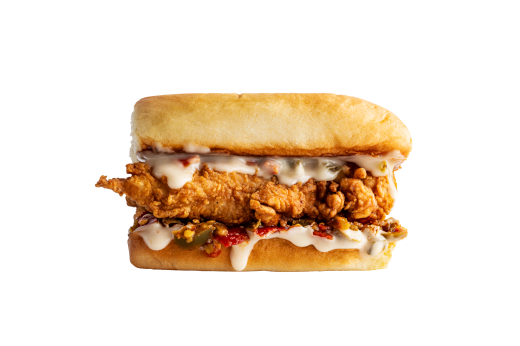
Spicy Chicken Sammie

Crinkle Fries

Tendies
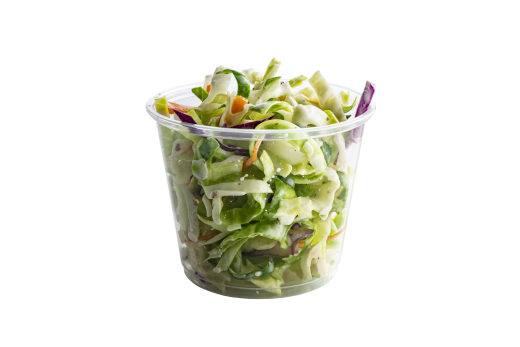
Coleslaw
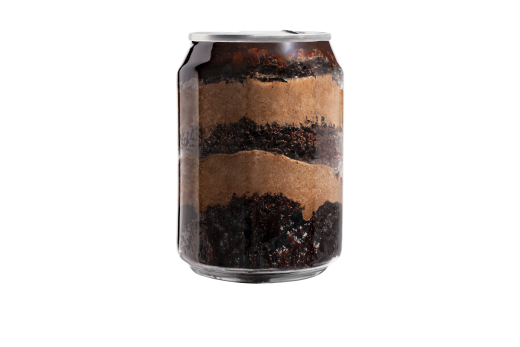
Chocolate Cake in a Can
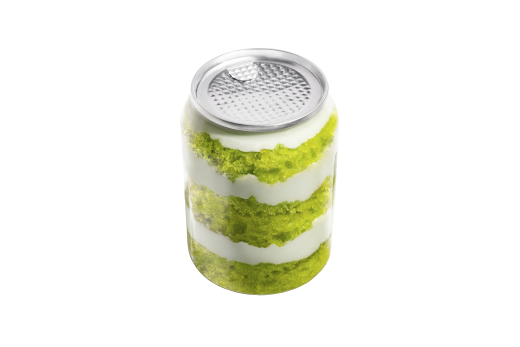
Key Lime Cake in a Can
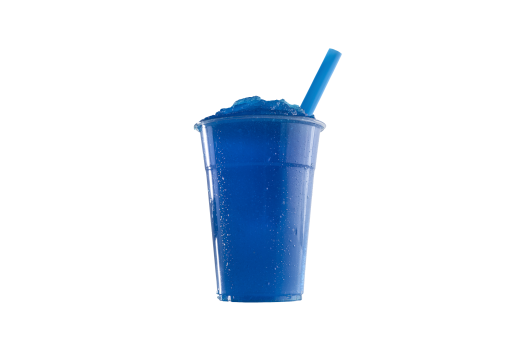
Blue Raspberry Freeze
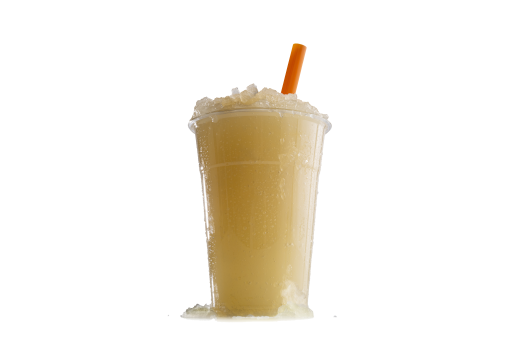
Peach Mango Lemonade
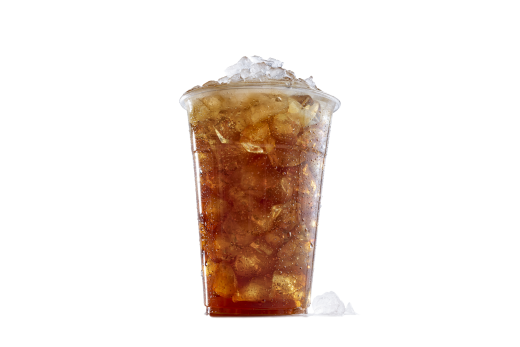
Classic Iced Tea
“Everything is fresh, and it’s almost cooked to order because it only takes four and a half minutes to prepare,” Poirier said. “AI and digital help me achieve my big promise to Saucy team members, which is ‘no sweat, no headache.’ That means, when you work at Saucy, in two hours, you are an expert and can become a certified employee. Much of Saucy is AI-driven. You just have a push a button, and that’s it.”
What’s in a name?
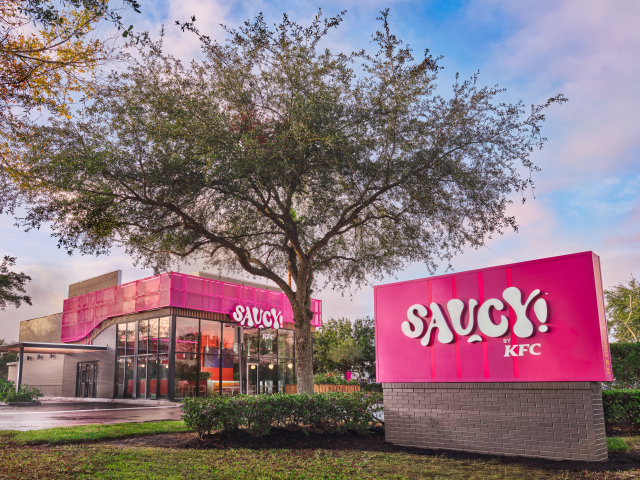
This fast-paced simplicity echoes the team’s overall mentality of quick decision-making and forward movement. Without this ethos, the restaurant would’ve had a different name. Originally, Poirier had dubbed it “Tendies” after hearing the phrase from a documentary he watched, and on the current Saucy menu, chicken tenders are called that.
But Poirier’s team, backed by consumer research, said that “Saucy” performed better, and they pivoted, tossing out signage, menu boards and other creations that said “Tendies.”
“If you type ‘Saucy’ on your iPhone, you will see the emoji next to it as the purple devil. If you type ‘tendies,’ nothing will show up,” Poirier said. “I had fallen in love with my own idea, but I built my team on trust. They told me that my idea was no good, and I listened to them. The sauces are the focus, not the tendies, so they should be in the name. It goes beyond the sauce; it’s a whole vibe.”
The future of Saucy
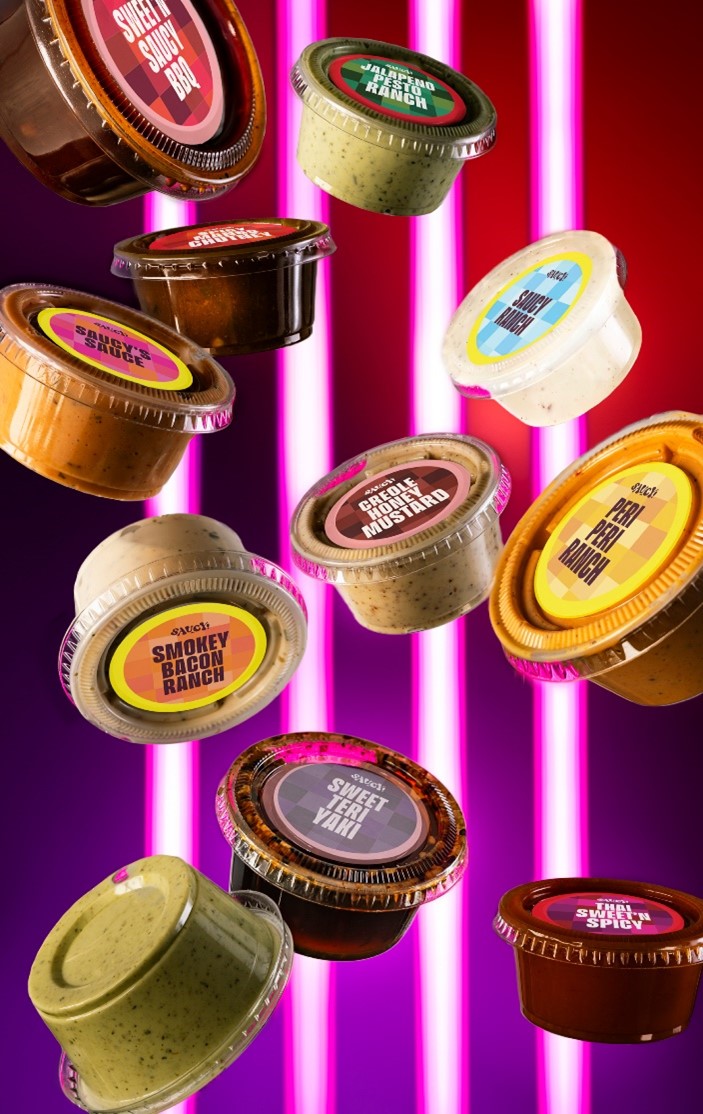
Saucy’s tech-forward approach will continue to ensure that customers are served in under four minutes, while freeing up time for team members to provide that human touch. The restaurant is specifically designed for team members to interact with customers, incorporating an opening in the counter to allow seamless movement from back to front of house.
“Saucy employees can be themselves. They don’t have to be cookie cutter with a specific personality; it’s less scripted and less forced,” said Gomez-Duarte, adding that team members have the freedom to select the music played in the restaurant each day. “It just feels more authentic. If the team members are having a good time; they’re going to project that on the customer as well.”
While Saucy is currently a test concept, Poirier says it’s on trend to deliver “strong AUVs” and that future branding decisions will be made based on consumer feedback and market performance.
“KFC became a household name thanks to quality, hospitality, and that unmistakable Colonel flavor. Saucy doesn’t replace that — it remixes it for a new generation,” Muench said. “The whole thing is a nod to the original: 11 bold sauces, a fresh new vibe, and a lot of love for the brand that started it all.”
Saucy by KFC’s expansion this year marks an early success – one that was achieved by an in-house marketing agency, cross-brand collaboration, a band of corporate rebels, trusting executives and servant leadership. Now, the brand will work to scale the test concept and incorporate learnings from KFC’s franchise system to make it stick.
“I don’t mind being disruptive in everything I do,” Poirier said. “Plenty of brands sell tenders. But by leading with the side items – the sauces, sides and desserts? That’s different. That’s Saucy.”
